6 Inland Waterways and Dry Ports in Mali
Situated in West Africa, the Republic of Mali is a landlocked nation and also the eighth biggest in the entire continent, in terms of land area. Covering around 1,240,000 square kilometres, it houses around 19 million people. The nation is divided into 8 regions or administrative provinces. The northern part of the country is covered by the Saharan desert and is largely uninhabited. Human settlements are concentrated in the southern region having large tracts of cultivable lands.
Agriculture is a major contributor to the nation’s economy. The main export crop is cotton followed by rice, corn, barley, millet, citrus fruits, vegetables, nuts and tobacco. Livestock rearing provides additional income and the locals are known for their art of animal raising and breeding. More than 75 percent of the population is engaged in agricultural activities and the rest is employed in the services sector.
Another valuable natural resource is gold and Mali is the third biggest producer of gold in the African continent, after South Africa and Ghana. Gold reserves in the southern region were discovered in the 1980s and helped the country to overcome the cotton crisis. Kaolin, phosphates, limestone and salt are also exported to neighbouring countries.
Manufacturing is a minuscule industry in Mali, limited to food processing, small-scale handicrafts and textile production. The nation lacks proper industrial infrastructure and faces stiff competition from neighbouring countries like Ivory Coast. Cheap goods are also smuggled via Guinea and Nigeria. Mali has experienced significant developments in its energy sector as it generates hydroelectricity, lessening its dependence on fossil fuels.
As per the 2016 Human Development Index of the United Nations Development Programme, Mali attained the 175th position, making it one of the poorest nations in the world. About 45 percent of its population lives in extreme poverty in rural areas.
The country has not been able to attract considerable foreign investment due to political instability since the 2012 military coup. Lack of stability and security outside its borders has also arrested economic growth. Terrorism and militancy are common in the region which prevents international companies and businesses from coming to Mali.
The landlocked country is connected to its neighbours via railways and international airports. More than half of Malian freight is shipped through the port of Dakar, one of the main ports of Senegal. Other ports used for exporting Malian cargo are Abidjan on the Ivory Coast, Port of Tema in Ghana and Lome port in Togo.
Though Mali does not possess any international seaports, it has inland ports on its two main rivers, Niger and Senegal. Apart from these, it has a few dry ports too. France is the biggest import partner followed by China. Malian entrepreneurs are trying to break from traditional business networks to build fruitful partnerships with the US and other European countries.
In this article, let us explore the major river ports of Mali and its upcoming dry ports.
1. Port of Bamako on the Niger River
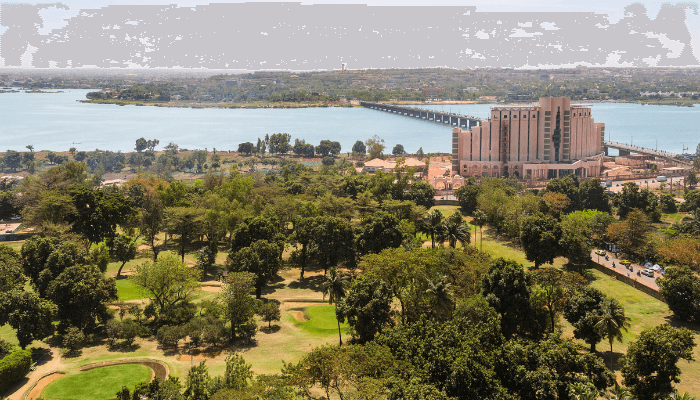
Bamako is the capital of Mali and its largest administration centre. An urban city, it lies along the coast of the Niger river. It is also an important regional trade hub famous for its textiles, meat processing and metal products. Fishing is another economic activity undertaken on the river.
Mali is also known for its traditional, rather historic architecture best seen in the city of Bamako. It has low stone-walled houses lying across unpaved mud streets. Most modern buildings are either residences of the rich or administrative offices overlooking the river.
The magnificent Presidential residence stands atop the Koulouba hill along with several ministerial buildings. On the foot of the hills is the bustling town with crowded streets and the Grand Marche, a popular market with skilled merchants selling amulets and bead jewellery. Famous handicrafts include batik, tie-dye cloth, patchwork fabric, traditional handwoven blankets, amber, wood carvings and bronze sculptures.
The city has two four-star hotels and the luxurious Hotel de Amitie. Another landmark is the Grand Mosque endowed with magnificent marbled minarets. Bamako also has a Cultural Palace, an Archaeological Museum, a national reserve and a small zoo.
Port Characteristics
Bamako river port is a crucial inland waterway, lying close to the main port of the country. It covers 9 hectares and consists of a container handling facility operated by APM Terminals. The main port area has two terminal buildings, a 1000 m2 parking space and 20,000 square metres of container depot offering logistics-related services. It has a 100 m long wharf dedicated to small fishing vessels and passenger boats.
The Container freight station has a total capacity of 1100 TEUs and 12 reefer connections. It has an open storage yard for keeping empty containers and two railway lines connect the facility to the other regional ports. Numerous services like trucking, warehousing, cold storage, container dressing, stuffing and freight management are offered. Port equipment includes 2 reach stackers, 2 harbour cranes, 5 forklifts, 1 side loader etc.
2. Bamako Dry port
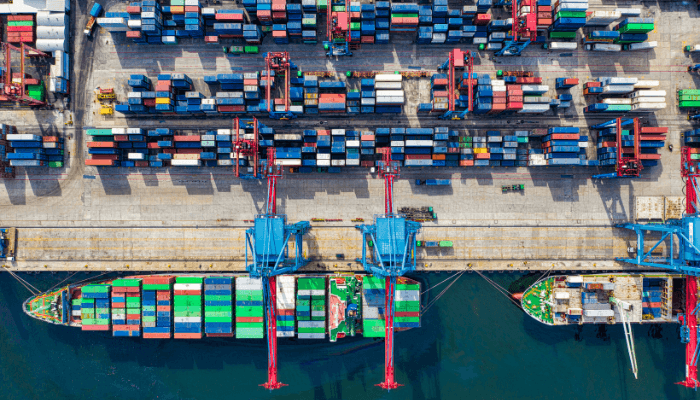
DP World, a logistics company based in Dubai is constructing a new dry port near Bamako. The facility would cover 1000 hectares of ground area and operate as a logistics centre to facilitate greater inter-regional trade by simplifying procedures.
Construction began last year and the port is said to contain numerous container depots and freight stations for importing and exporting cargo. It will have an annual handling capacity of 300,000,000 TEUs and around 3.5 million tonnes of breakbulk and conventional cargo.
50 million dollars was used in the first phase of the project for constructing terminal buildings and providing other basic amenities. As part of the agreement between the company and the government, the former would provide three trains to Mali which would ply on the busy Bamako-Dakar railway line, the key trade route for goods entering and exiting the country. It is said that this project would boost Malian trade and decrease the processing time of imports.
3. Port of Koulikoro
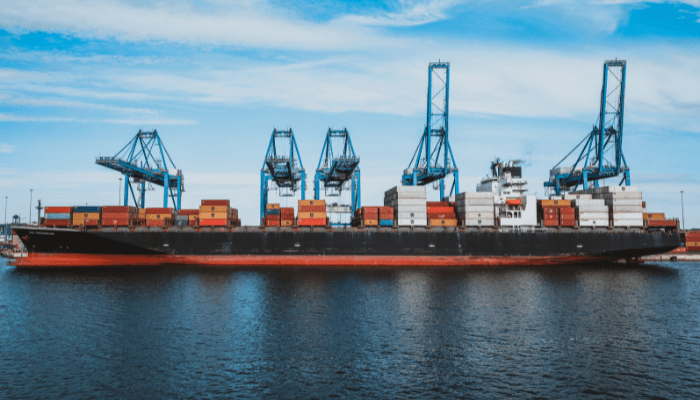
Koulikoro is the main riverine port located in southwestern Mali about 55 kilometres northeast of the capital city of Bamako. It is a transportation hub and the last railway station of the Mali-Dakar railway line. The port can accommodate small vessels throughout the year but larger ships can be accommodated from September to January.
It serves the nearby towns of Mopti, Gao and Segou. Koulikoro city also has an airport and is renowned for its high-quality peanut oil, cottonseed and soap manufacturing. Millet and sorghum are cultivated in the northern part of the region along with corn, bananas and mangoes. The district houses the Selingue dam, jewellery shops and tanneries. It has a vibrant culture and is famous for its puppet theatre portrayed in many local village festivities and folk dances.
4. Port of Mopti
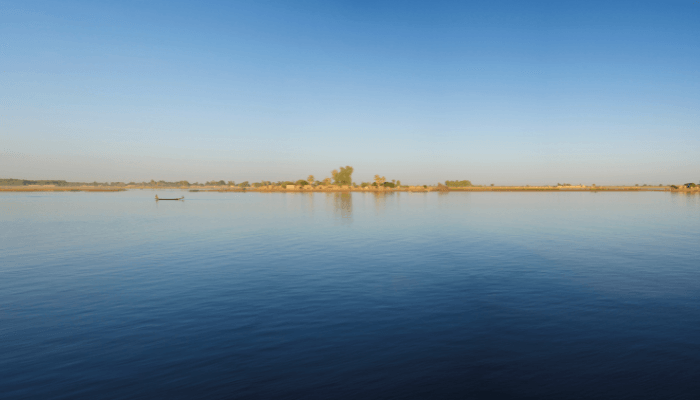
Mopti port lies at the confluence of the Bani and Niger rivers and is just a seven-hour drive from Bamako. It is a small port and a fishing harbour that usually floods during heavy monsoons. Consisting of a 150 m long pier, the port is crowded with ferries and passenger boats carrying people and goods to the neighbouring coastal towns.
Mopti is a multi-ethnic and diverse city having a huge mosque, the main market centre selling handicrafts like woollen blankets, beddings, traditional Mopti hats, colourful beads, leather and wood carvings. Djenne, a famous archaeological site dating back to the iron age is just four kilometres from Mopti.
5. Port of Tombouctou
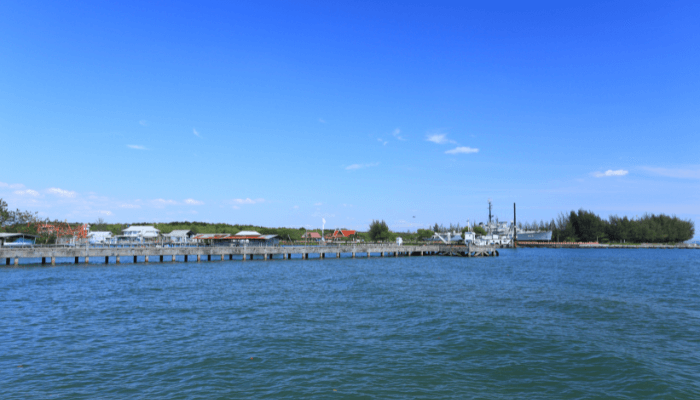
Tombouctou or Timbuktu lies on the northern banks of the River Niger. A historic city, it is mentioned in Arab folklore and stories as a land of mystery and riches, mostly gold.
The town gained prominence in the mediaeval period with the development of Islamic scholarship and the culture of bookbinding.
The main attractions include the ancient mosques of Sankore and houses of explorers like Laing and Barth. The trans-Saharan trade route passes through the town and is now used only for exporting rock salt extracted from the Taoudenni region, some 400 kilometres from Timbuktu. Rainfall is scarce in this city located at the end of the desert, hence water from the Niger River is used for growing the main crop which is floating rice. Three Passenger boats ply from Timbuktu to the port of Koulikoro, Mopti and Gao from September to December.
6. Malian dry port in Sandiara
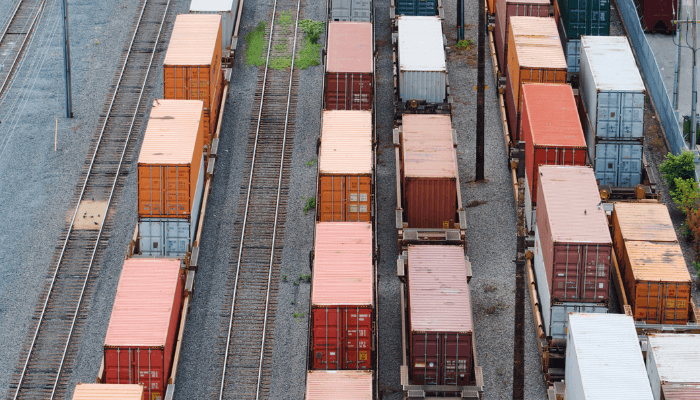
The small town of Sandiara is located in the state of Thies in Senegal. It is 95 kilometres from Dakar and 1200 kilometres from Bamako.
The port project was launched last year in April by the governments of Senegal and Mali to solve the problem of congestion at the Dakar port which handles 70 per cent of Malian freight. Goods from Mali have to wait for more than 15 days at Dakar before they can be shipped, which increases their cost and negatively affects the regional supply chain. Some of them are perishable items that require refrigerated storage as well.
After the completion of the first phase, the port has the capacity for 1000 port trucks and over 5500 containers. It has a customs clearance department and offers services for storing, stuffing and unstuffing containers, container cleaning, repairs, maintenance, and warehousing.
With the construction of a Malian dry port in the territory of Senegal, the government aims to transform the town into an important logistics hub of the region. An initial investment of 10 billion francs was made for constructing a parking area, a storage yard and a gas station, covering four hectares which would be extended to twenty hectares in the coming years.
An industrial zone housing key manufacturing plants will be built in the last phase of the project for serving the entire West African region.
Disclaimer :
The information contained in this website is for general information purposes only. While we endeavour to keep the information up to date and correct, we make no representations or warranties of any kind, express or implied, about the completeness, accuracy, reliability, suitability or availability with respect to the website or the information, products, services, or related graphics contained on the website for any purpose. Any reliance you place on such information is therefore strictly at your own risk.
In no event will we be liable for any loss or damage including without limitation, indirect or consequential loss or damage, or any loss or damage whatsoever arising from loss of data or profits arising out of, or in connection with, the use of this website.
Do you have info to share with us ? Suggest a correction
Disclaimer :
The information contained in this website is for general information purposes only. While we endeavour to keep the information up to date and correct, we make no representations or warranties of any kind, express or implied, about the completeness, accuracy, reliability, suitability or availability with respect to the website or the information, products, services, or related graphics contained on the website for any purpose. Any reliance you place on such information is therefore strictly at your own risk.
In no event will we be liable for any loss or damage including without limitation, indirect or consequential loss or damage, or any loss or damage whatsoever arising from loss of data or profits arising out of, or in connection with, the use of this website.
Latest Maritime Knowledge Articles You Would Like:
Subscribe To Our Newsletters
By subscribing, you agree to our Privacy Policy and may receive occasional deal communications; you can unsubscribe anytime.















